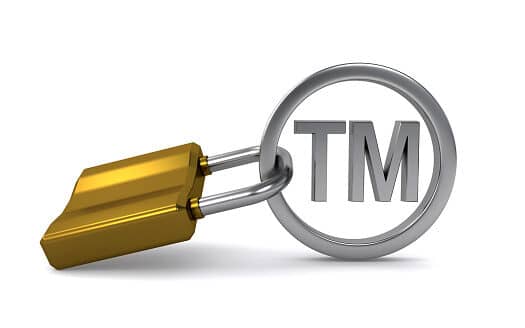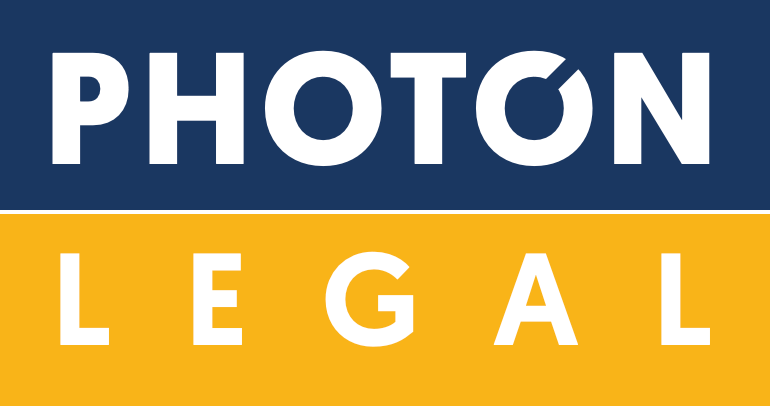
Introduction
Do you want to get your mark registered without much hassle? Are false and bogus examination reports also troubling your brand and increasing prosecution time? Do you need some help to understand the objections to get your mark allowed? If yes (drum roll), you clicked the right link!
The Indian Trademark Office issues an examination report after receiving a trademark application and majorly objections are raised under section 9 and section 11 of the Trade Marks Act, 1999. The article is written to provide insights into section 9 of the Act, reasons for which the trademark examiner cites objection under this section, and help the readers conveniently deal with the objection.
Section 9 (1) (a): Devoid of any distinctive character
A mark to be considered distinctive in a true sense should not be capable of indicating other person’s goods or services. The mark should be distinctive or capable of distinguishing one person’s goods & services from another. For example, mark ‘cookies’ for confectionary can indicate any person selling cookies, thus the mark lacks distinctiveness. The distinctiveness of a mark could be inherent or acquired. Inherent distinctiveness is when the mark is distinctive on its own, such as ‘McDonald’s’, ‘Coca Cola’, ‘Nike’, they do not need any evidence to prove their distinctiveness. The act also recognizes acquired distinctiveness, it happens when usage, advertising expense, goodwill, etc. establish that the mark is associated with its owner distinctively such as the phrase ‘Magic Masala’ in relation to Maggi was observed to have acquired distinctiveness & goodwill by the Madras HC.
The principle behind section 9 (1) (a) of the Act can be better explained by this recent decision given by the Intellectual Property Appellate Board (IPAB), Mumbai, in the case of Hindustan Unilever Limited V. The Registrar of Trademarks. A trademark application was made under classes 3 & 5 for the registration of the mark “GLOW & LOVELY” and “GLOW & HANDSOME” (Registered TM Application No. 3938924 & 3938925). Thereafter, the subject marks were objected by the Trademark Registry through an examination report on account of Sections 9(1)(a). Further, the TM Registry was not satisfied with the response received from the Applicant and thus a hearing was held in which documentary evidence had been produced however, the same was not considered properly.
Then?!
The TM Registry refused registration for both the marks and failed to provide detailed grounds for refusal except being devoid of distinctive character u/s 9(1)(a). Even after further requesting detailed grounds for refusal through form TM-M, the TM registry did not provide the grounds and thus an appeal was made to the tribunal. The IPAB found that the registry has erred in passing the order and has not appreciated the facts, law or documents submitted by the Applicant. Further, the combination of the two common words does not indicate any dictionary meaning or significance, except referring to the appellant and its goods and that registry did not consider previously registered marks of the Appellant. Therefore, considering the marks to be distinctive, they were ordered to be advertised in an early issue of trademarks journal.
It is also pertinent to note that a wordless device mark (logo trademark) is predominantly objected under section 9(1)(a) during the examination stage of trademark registration. This action does not seem fair because a logo without any words cannot possibly lack distinctiveness unless it is a representation of the goods or services for which it is applied.
For instance
This mark has  been filed by Photon Legal in relation to website & software for logistics and supply chain management (Classes 9, 39, 42). However, the mark was objected u/s 9(1)(a) to be non-distinctive. An arrow inside a circle cannot possibly indicate the goods & services for which it is used.
been filed by Photon Legal in relation to website & software for logistics and supply chain management (Classes 9, 39, 42). However, the mark was objected u/s 9(1)(a) to be non-distinctive. An arrow inside a circle cannot possibly indicate the goods & services for which it is used.
The plausible reason behind this could be inefficiency as observed by the IPAB in various cases such as in the Hindustan Unilever Limited case (supra) it was held that the refusal order passed against the mark was flawed because the examiner refused the request in a mechanical way bypassing one-line pre-drafted mechanical or system-based orders. The order didn’t affect any submissions of the Appellants, the case laws cited by the Appellants, etc. Hence, the same was set aside.
Section 9 (1) (b): Descriptive and non-distinctive of the goods & services
The provision states that a trademark should not describe or designate the characteristics of the goods & services for which the mark is sought to be used. Such as its kind (new, old), quality, quantity, intended purpose (bike for vehicles), value, geographical origin, or the time of production of the goods. It is a settled law that to analyze a mark under section 9(1)(b), the word should not be looked at in its grammatical sense but as it would be represented to the public at large who will finally decide if the mark is descriptive or not.
Also, that common language words (dictionary words) or descriptive words and names can be trademarked if the mark has acquired a great deal of reputation and goodwill, which is known as the secondary meaning or significance. Secondary meaning signifies that certain common words are acknowledged by other traders to be associated with goods or services belonging to the trade. For example, “Burger King”, although it is descriptive of its products “Burgers”, the mark has gained reputation & goodwill and people associate the mark with its owner only.
Moving further
To elaborate, in the case of Graduation Management Admission Council v. The Registrar of Trademarks while dealing with refusal for registration of the mark ‘GRADUATE MANAGEMENT ADMISSION COUNCIL’ under class 41, the Ld. Tribunal considered that the composite mark is distinctive, also a various combination of descriptive terms as Indian Institute of Technology, Indian Institute of Management, etc., were being granted registration by the Trademark Registry. Also, the Ld. Tribunal took into consideration that the appellant will not have any exclusive proprietorship in the subject trademark; the mark’s prior registrations in other classes and various publications using the subject mark while accepting the mark for registration.
Lastly, it has also become a general pattern as observed, wherein objections under section 9(1)(b) are raised for a slogan/tagline trademark. Slogans/taglines are the part of a main word/s that are included majorly to attract customers and provide something memorable for the people to associate with the products. For example, Coca-Cola: “Thanda Matlab Coca-cola”; Frooti- “Fresh N Juicy”; Asian Paints: “Har Ghar Kuch Kehta Hai”. We are more than familiar with these slogans/taglines and can easily relate it to their principle mark or products. Generally, taglines/slogans are descriptive in nature however, it is also true that these are closely related to the products for which the mark is used. Therefore, even though descriptive they become an intrinsic part of the original mark to creative distinction between products offered by two different parties.
How to Overcome?
The primary requirement to get such kind of marks registered is by establishing goodwill & reputation. Generally, marks filed with ‘proposed to be used’ face objections and difficulty in getting registration. Further, if the process moves to the Hearing stage, then it is advisable to show proof of usage for the applied mark. Therefore, filing a trademark with user proof will be a great help.
Conclusion
There has been a plethora of cases wherein the Appellate Authority (IPAB) or the High Courts have considered the objections, orders, and refusal granted by the Registrar of trademarks to be erroneous. In such a situation, it becomes troublesome and time-consuming for the applicant or trademark attorneys to follow the procedure laid down in the Act. It is to be known that application for trademarks is made after much thought and research and to have to deal with a false & bogus objection for the same is unfair to the applicant and trademark attorneys. Not to mention, a sheer waste of resources, thus, better enforcement of the rule of law and provisions of the act while taking into consideration the intricacies of individual trademark applications is expected.
Are you also frustrated with the stretchy trademark proceedings? Want to share your experience of getting trademark registration? We would like to know about it. Also, if you need any assistance to overcome trademark objections, feel free to write us at photon.ip@photonlegal.com.

